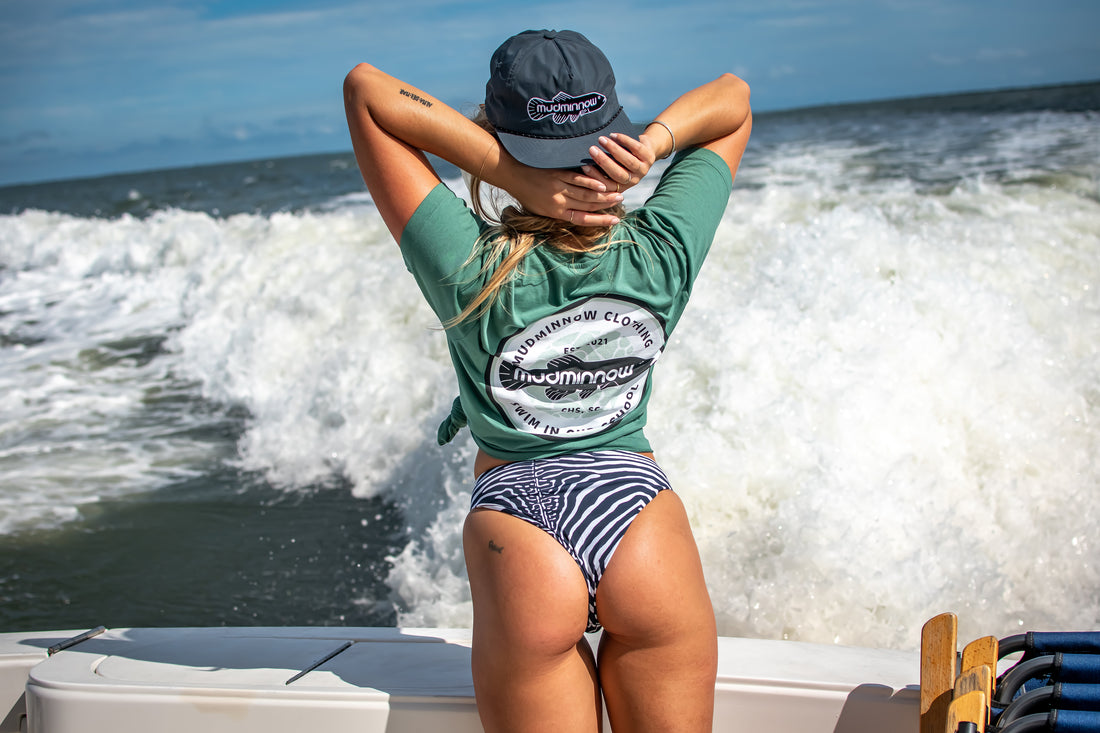Overfishing is a growing concern for our oceans and the ecosystems that rely on them. While fishing can be a great way to enjoy the outdoors, provide food for your family, and connect with nature, it's important to understand the negative impacts of overfishing and take steps to reduce them. In this article, we'll explore the negative effects of overfishing in saltwater, with a focus on the southeastern coastal waters, and provide tips for practicing sustainable fishing.
First, let's define overfishing. Overfishing occurs when fish are caught at a rate faster than they can reproduce, leading to a decline in population sizes and potential extinction. This can have a ripple effect throughout the entire ecosystem, as fish are an important food source for many other species. Overfishing can also result in the loss of biodiversity, changes in the food chain, and the destruction of habitats.
In southeastern coastal waters, overfishing has had a significant impact on many species nearshore and inshore, like red snapper, black sea bass, and grouper for example. These species are highly valued by recreational and commercial fishermen, which has led to their overfishing. Additionally, bycatch (the unintended capture of non-target species) can also be a problem in these waters, leading to the depletion of other species and the destruction of habitats. Redfish, Trout, and Flounder also are senstive to overfishing.
To combat overfishing and its negative effects, there are several steps that anglers can take. One approach is to consider not limiting out every time you go fishing. While it can be tempting to take home as many fish as possible, this can contribute to overfishing and harm the ecosystem. Instead, consider only keeping what you need for a meal or two, and release the rest back into the water. If you're throwing out freezer fish you're probably overfishing.
Another important step is to release fish over 20 inches in length, this is particualy important to inshore species mentioned earlier (redfish, trout, and flounder). The larger fish are typically older and more valuable for the population, as they have had more time to reproduce and contribute to the ecosystem. Additionally, by releasing larger fish, you are allowing them to potentially spawn more and increase the population size.
It's also important to release bycatch. While some species may be considered "trash" fish, every species has a role to play in the ecosystem. Releasing bycatch can help to maintain a healthy balance of species in the ecosystem and prevent the depletion of non-target species.
Finally, consider using sustainable fishing practices such as circle hooks, which are designed to reduce the incidence of deep hooking and allow for easier release of fish. Additionally, using artificial lures instead of live bait can help to reduce the unintended capture of non-target species.
In conclusion, overfishing is a significant problem in southeastern coastal waters and can have negative effects on the ecosystem. By taking steps to practice sustainable fishing, such as not limiting out every time, releasing larger fish, releasing bycatch, and using sustainable fishing practices, anglers can help to reduce the negative impacts of overfishing and contribute to a healthier ecosystem. Let's all do our part to preserve our oceans and the species that call them home.

